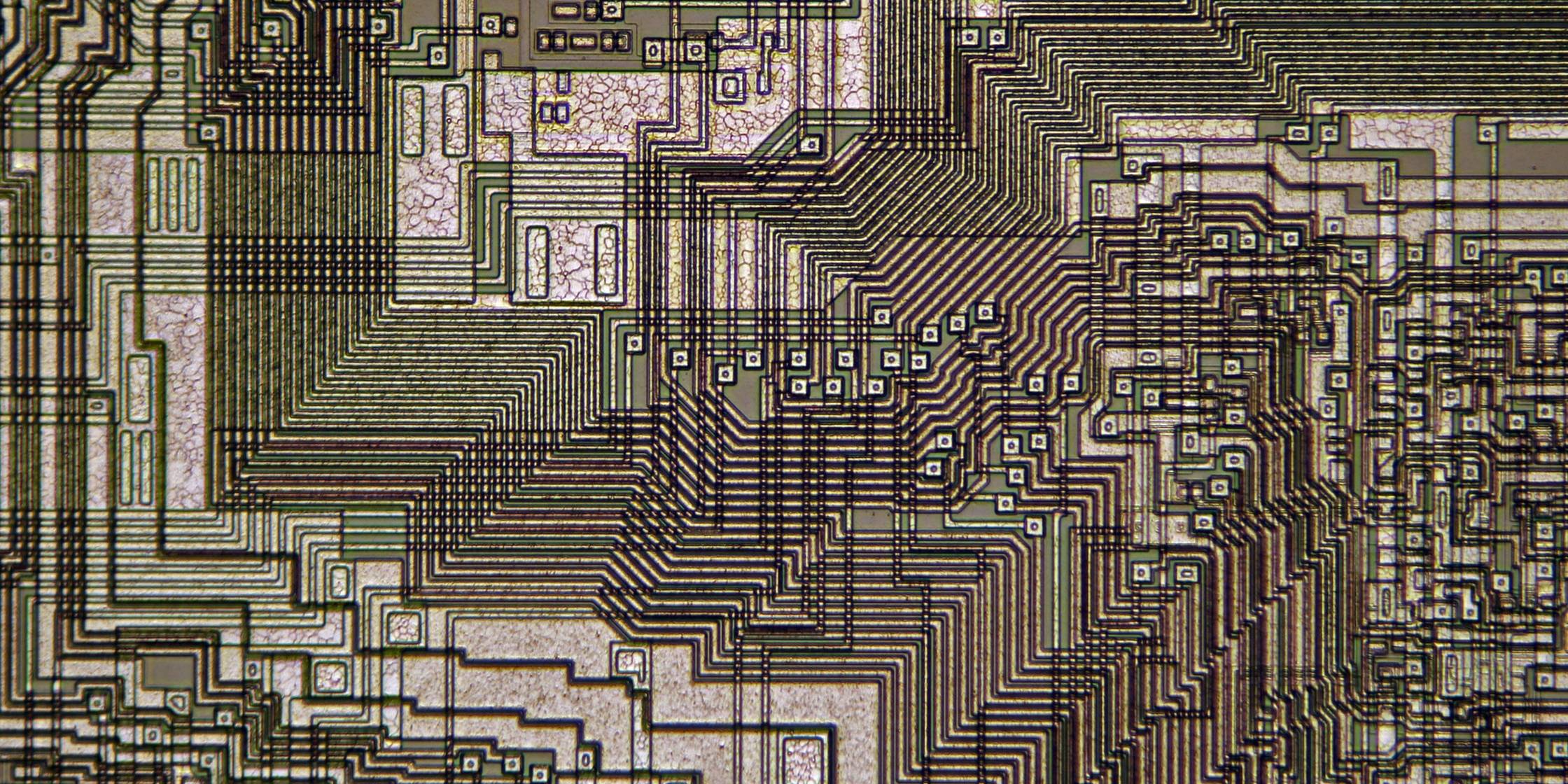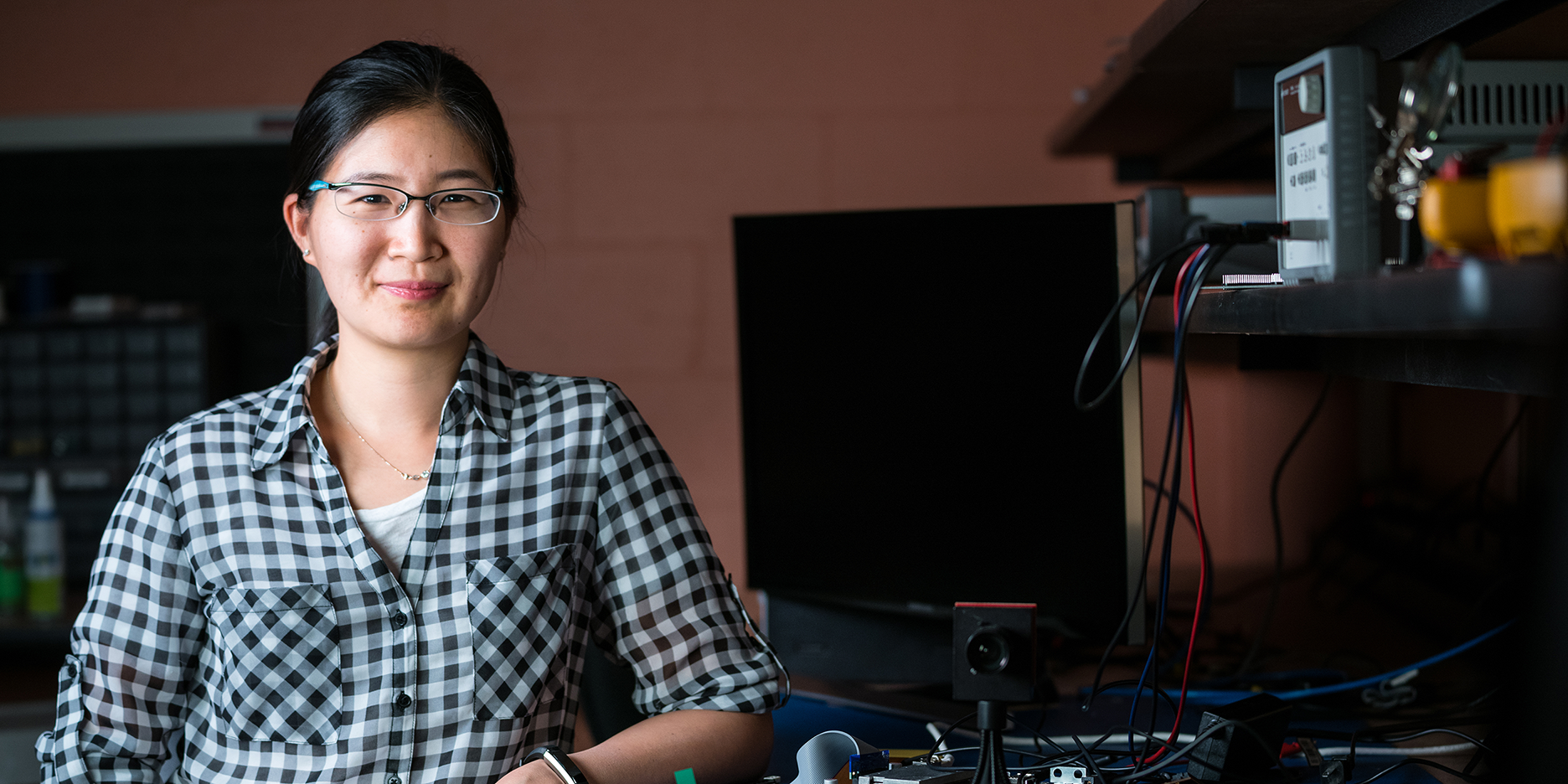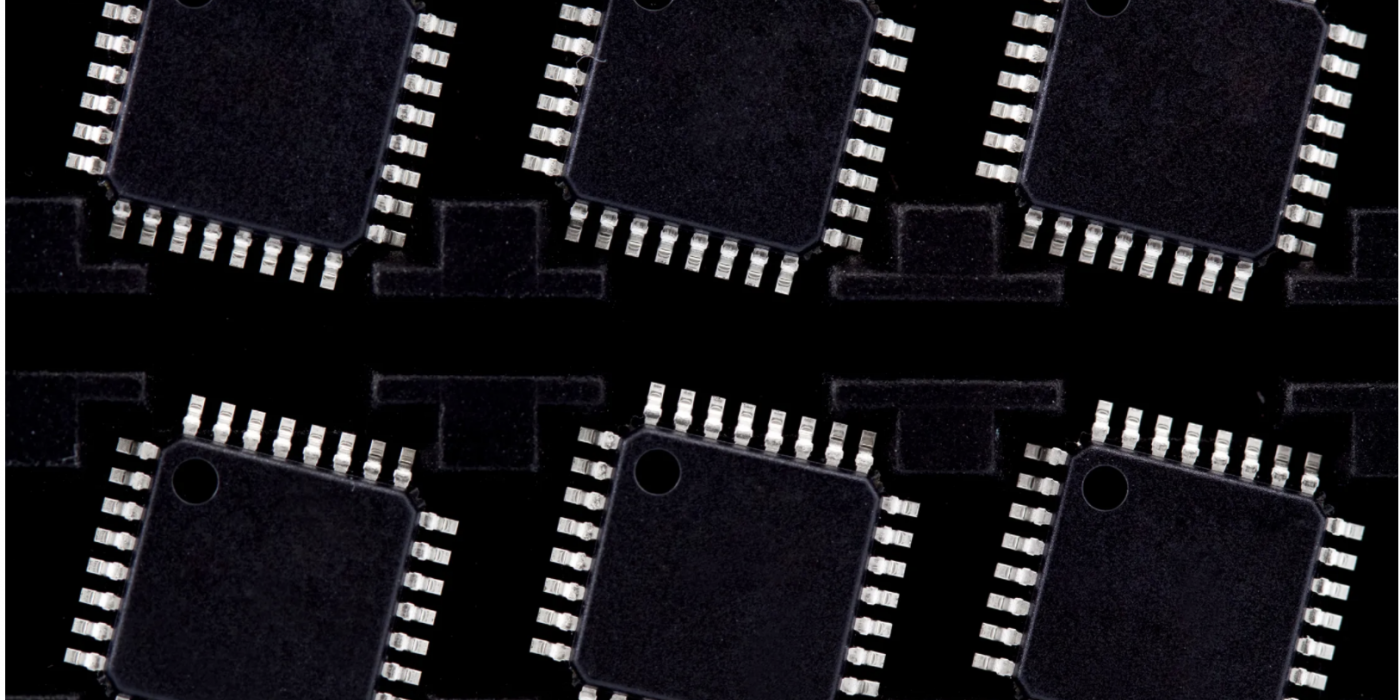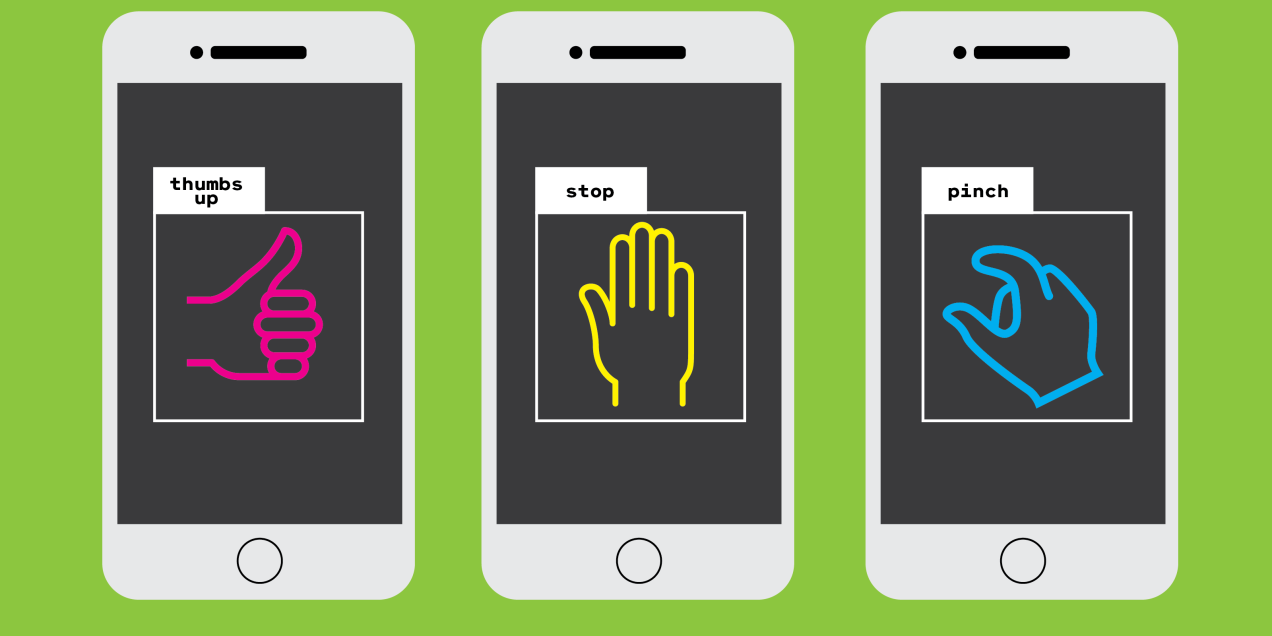3D Integration of AI Hardware with Direct Analog Input from Sensor Arrays
Jeehwan Kim
This research group works on AI hardware based on memristor neural networks with emphasis on ultra-low power operation for inference and online training and 3D integration of AI hardware and Si electronics.
MIT and Ericsson Enter Collaboration Agreements to Research the Next Generation of Mobile Networks
Elizabeth A. Thomson | Materials Research Laboratory
A collaboration between MIT and Ericsson will explore new materials for computer chips that mimic the structure of the human brain as well as how to make some electronic systems truly autonomous by removing the need for charging.
Need to Fit Billions of Transistors on a Chip? Let AI Do It
Will Knight | Wired Magazine
Artificial Intelligence is now helping to design computer chips—including the very ones needed to run the most powerful AI code.
Crossing the Hardware-Software Divide for Faster AI
Thursday, April 29, 2021 | 12pm - 1pm ET
Panel Discussion: Vivienne Sze, Song Han, Aude Oliva
Q&A: Vivienne Sze on Crossing the Hardware-Software Divide for Efficient Artificial Intelligence
Kim Martineau | MIT Quest for Intelligence
Vivienne Sze part of the pioneering team that won an Engineering Emmy Award for co-designing energy-efficient circuits with energy-efficient algorithms and developing the video compression standards still in use today, has set her sights on a new milestone: bringing artificial intelligence applications to smartphones and tiny robots.
AI Algorithms Are Slimming Down to Fit in Your Fridge
Will Knight | Wired Magazine
Artificial intelligence programs typically are power guzzlers. New research shows how to generate computer vision from a simple, low-power chip.
Powerful Computer Vision Algorithms are Now Small Enough to Run on Your Phone
Karen Hao | MIT Technology Review
Researchers have shrunk state-of-the-art computer vision models to run on low-power devices.








